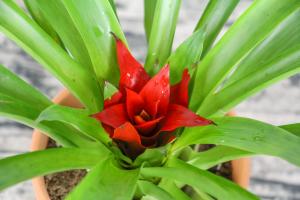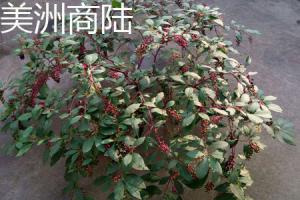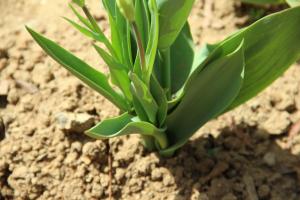1、 Curing method
1. Temperature: we can also see from its place of origin that it requires a higher temperature, generally above 20 degrees. Only when the temperature is suitable can it bloom all year round, otherwise it will not bloom and its health will be affected

2. Light: Black Eyed Susan also likes light. Whether there is enough sunshine will also have a great impact on its flowering. Generally speaking, it is only necessary to shade when encountering very strong light, and the rest can be placed in a place with sufficient sunshine. In winter, good sunshine will also help it survive the winter, which can provide full-time photos

3. Watering: Black Eyed Susan likes to be wet, but she can't be too wet, that is, she can't accumulate water. During flowering and when the growth rate is relatively fast, it needs more water and needs to be kept moist. But in winter, you can't water more

4. Fertilization: Black Eyed Susan needs more nutrients. In addition to sufficient base fertilizer, fertilizer should be applied every two weeks to make it grow more prosperous

2、 Breeding skills
1. Reproduction: sowing can be adopted. Although Black Eyed Susan can also be cut, but after breeding in this way, the growth of the plant will be relatively bad. First, select the appropriate seed and substrate. When sowing, pay attention to uniformity. In addition, the condition control after sowing requires additional shade and humidity in addition to the temperature of 20 to 30 degrees

2. Pruning: Black Eyed Susan grows very well in the right environment. Therefore, it needs to be trimmed from time to time. There is no certain frequency of pruning, and it can be repaired when inappropriate branches are observed. Besides, it's best to repair it after flowering

3、 Problem diagnosis and treatment
1. Diseases: Black Eyed Susan doesn't have too many diseases. However, under very muggy conditions, there may be "anthrax" and other diseases, which mainly harm leaves and sometimes flowers. Chlorothalonil can be used for treatment

2. Pests: "aphids" may also appear. You can use tools to erase them or spray medicine

4、 Other issues
1. Toxicity: it is non-toxic, so there is no need to worry about breeding

2. Whether it can be raised at home: it is more appropriate. As mentioned above, its flowers are very strange and suitable for viewing< a>


 how many times do yo...
how many times do yo... how many planted tre...
how many planted tre... how many pine trees ...
how many pine trees ... how many pecan trees...
how many pecan trees... how many plants comp...
how many plants comp... how many plants can ...
how many plants can ... how many plants and ...
how many plants and ... how many pepper plan...
how many pepper plan...
































